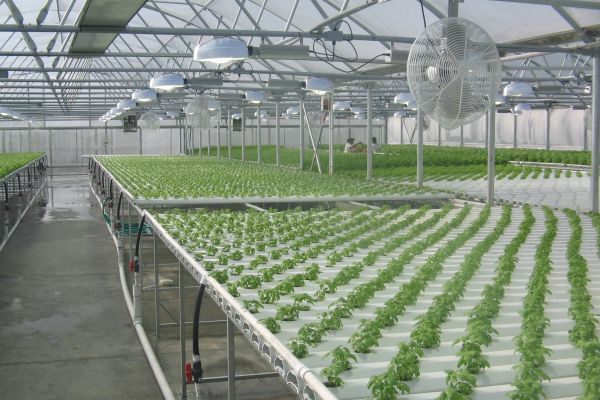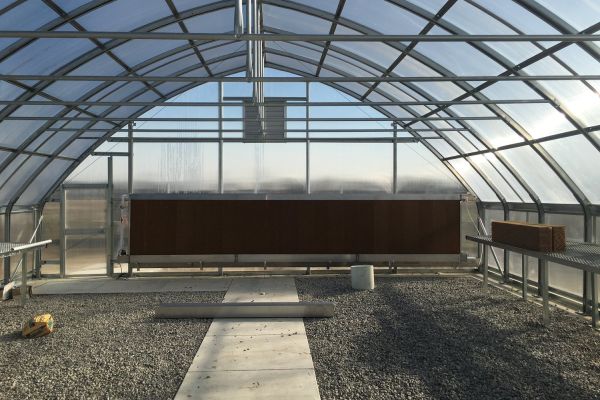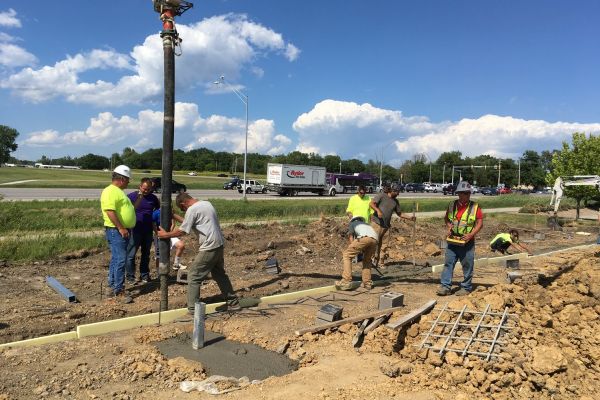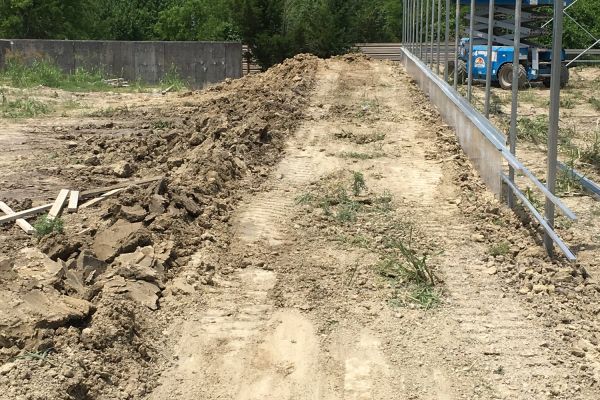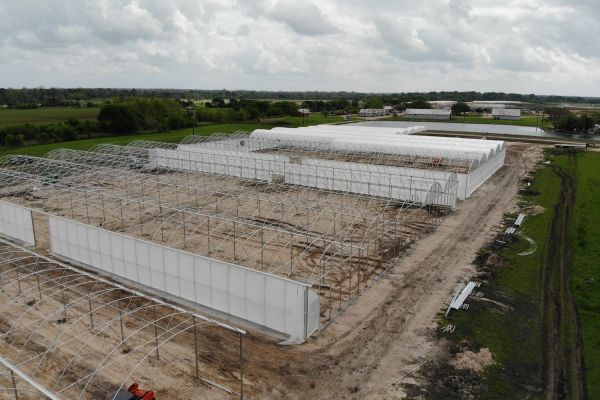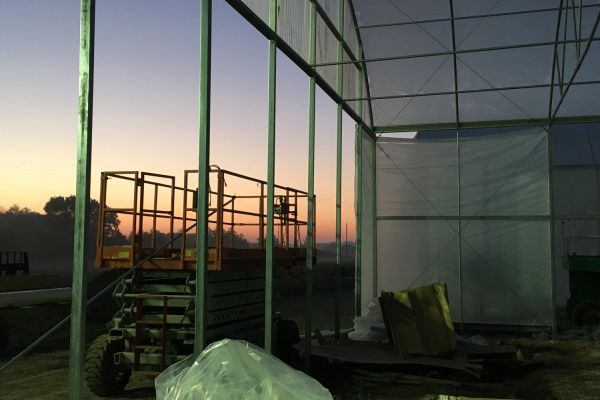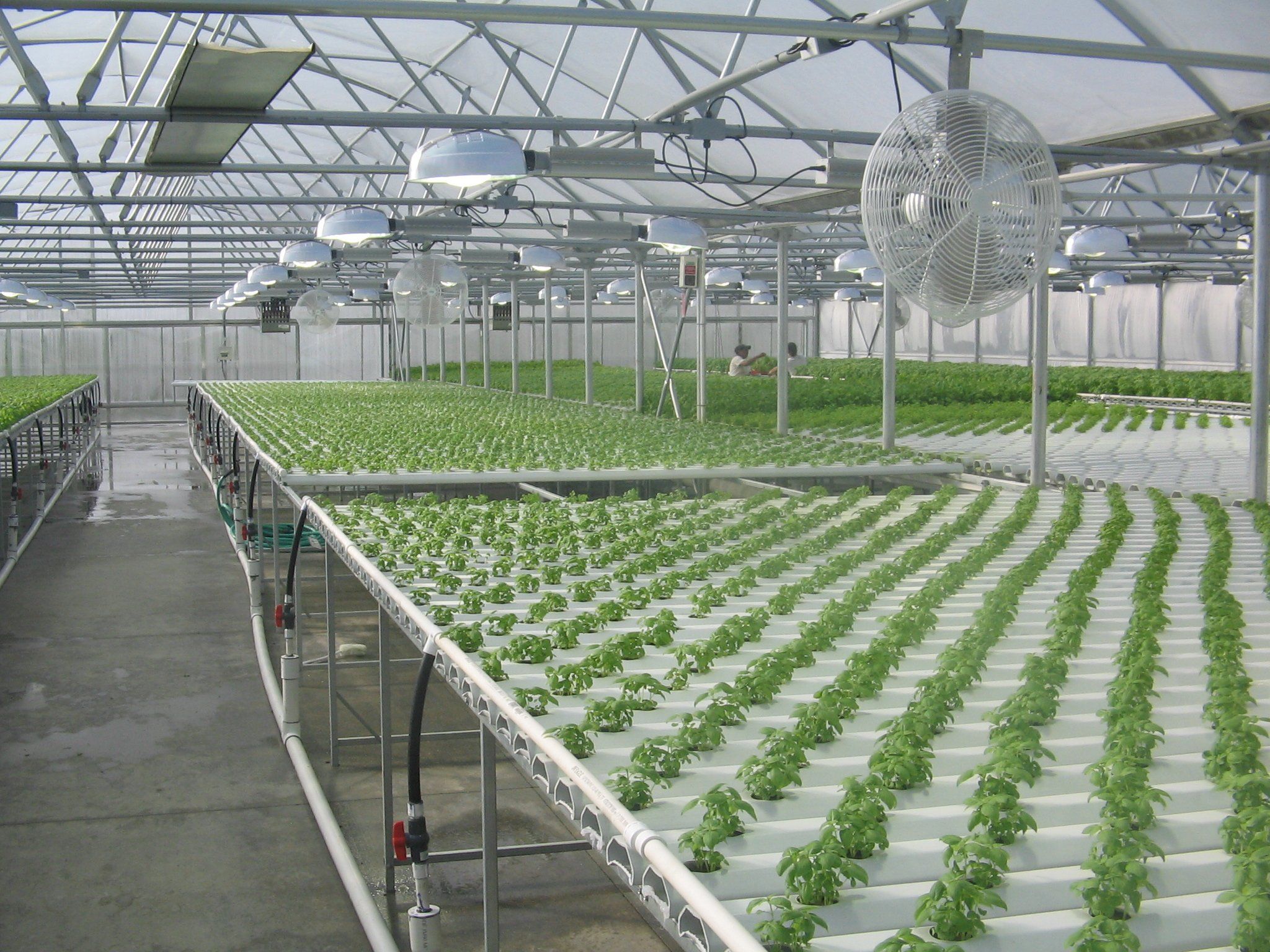
Introduction to Controlled Environment Agriculture (CEA): Revolutionizing Farming for the Future
In recent years, agriculture has witnessed a transformative shift towards Controlled Environment Agriculture (CEA), a method that leverages technology to optimize growing conditions and maximize crop yields. This innovative approach contrasts with traditional farming practices by creating controlled environments where factors such as light, temperature, humidity, and CO2 levels are meticulously regulated. In this blog post, we delve into what CEA entails, explore its numerous benefits, and examine why it is rapidly gaining popularity worldwide.
What is Controlled Environment Agriculture (CEA)?
Controlled Environment Agriculture refers to the practice of cultivating plants within an enclosed structure, such as greenhouses, vertical farms, or indoor facilities, where environmental factors are carefully monitored and controlled. This method allows growers to create ideal conditions that promote plant growth and development throughout the year, regardless of external weather conditions or geographic limitations. CEA integrates advanced technologies, including sensors, automation systems, LED lighting, and hydroponic or aeroponic systems, to optimize resource use and crop production efficiency.
Benefits of Controlled Environment Agriculture
-
Optimized Growing Conditions: CEA enables growers to fine-tune environmental parameters such as light intensity, temperature, humidity, and nutrient levels, ensuring optimal conditions for plant growth and productivity.
-
Year-Round Production: By shielding crops from external weather fluctuations, CEA facilities can maintain consistent production cycles and supply fresh produce regardless of seasonal changes.
-
Water and Resource Efficiency: Controlled irrigation systems, such as hydroponics and aquaponics, minimize water usage compared to traditional soil-based farming. Additionally, nutrient solutions can be recycled, reducing overall resource consumption.
-
Enhanced Crop Quality and Yield: Precise control over growing conditions results in higher crop yields and improved quality attributes such as flavor, color, and nutritional content.
-
Pest and Disease Management: Enclosed environments reduce the risk of pests and diseases, decreasing the need for chemical pesticides and promoting sustainable farming practices.
-
Land Conservation: Vertical farming and compact greenhouse designs maximize land use efficiency, making CEA suitable for urban areas where arable land is limited.
-
Local Food Production: CEA supports local food systems by reducing transportation distances and carbon footprints associated with food distribution, promoting food security and resilience.
Why CEA is Gaining Popularity
The growing popularity of Controlled Environment Agriculture can be attributed to several factors:
-
Increasing Demand for Sustainable Agriculture: Consumers and businesses are increasingly prioritizing sustainable and locally sourced food options, driving the adoption of CEA practices that minimize environmental impact.
-
Climate Change Challenges: Erratic weather patterns and climate change-related events threaten traditional agriculture, making CEA a viable solution to mitigate risks and ensure food supply stability.
-
Technological Advancements: Advances in automation, data analytics, and precision farming technologies have made CEA more efficient, cost-effective, and scalable for commercial operations.
-
Urbanization and Land Scarcity: Rapid urbanization has reduced available farmland, prompting growers to adopt vertical farming and indoor agriculture solutions that maximize space utilization.
-
Health and Nutrition Awareness: Growing consumer awareness of food quality, safety, and nutritional value has increased demand for fresh, nutrient-rich produce available year-round through CEA methods.
Conclusion
Controlled Environment Agriculture represents a paradigm shift in modern farming practices, offering sustainable solutions to meet global food demands while minimizing environmental impact. By harnessing technology and innovation, CEA not only enhances agricultural productivity and efficiency but also supports food security, local economies, and environmental stewardship. As the agriculture industry continues to evolve, the adoption of CEA is poised to play a crucial role in shaping a more resilient and sustainable food system for future generations. Embracing the principles of Controlled Environment Agriculture underscores a commitment to innovation, efficiency, and responsible stewardship of our planet’s resources.
Most Popular Greenhouse Articles
